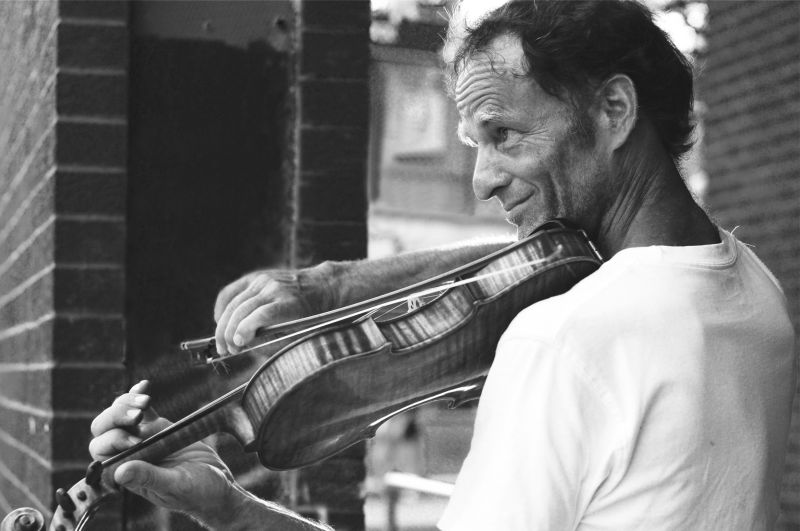Fernando Flores-Mangas
Fernando Flores-Mangas
PhD Graduate
Computer Science Department
University of Toronto
Ontario, Canada
Email: mangas 'at' cs 'dot' toronto 'dot' edu
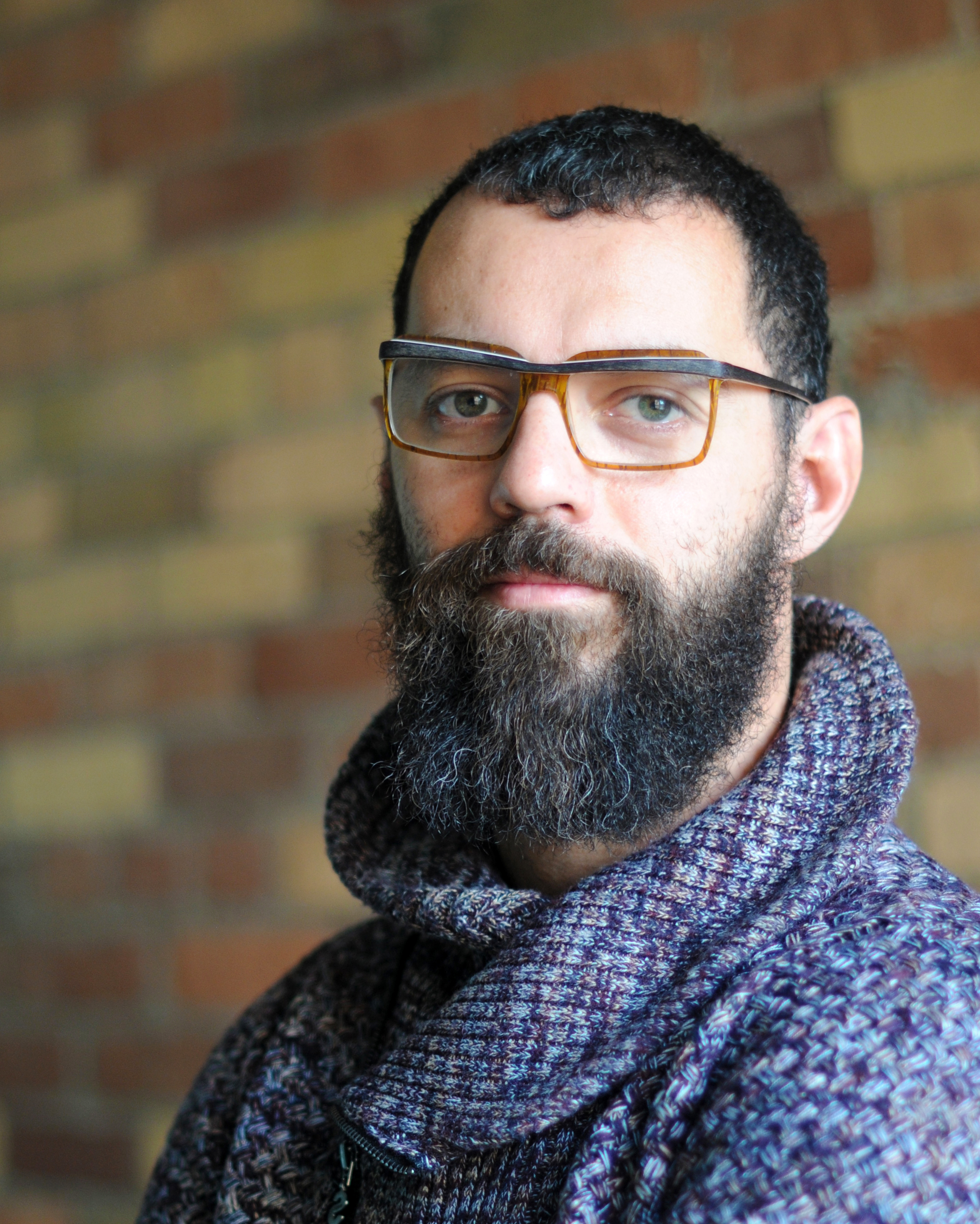
My research interests are in computer vision. Initially motivated by the development and application of biologicaly inspired visual perception algorithms for medical imaging applications, but progressively drifting towards the use of mathematical models that govern the image formation processes. I really like the theoretical aspects of the field, but I also take the application side seriously.
Worked under supervision of Allan+ Jepson.
[CV]
[Google scholar]
[Contact info]
[Teaching: CSC 320 - Intro to Visual Computing]
Research Projects
Locally-rigid motion modelling
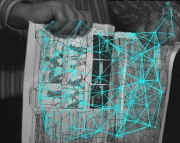
|
Work in progress. The goal of this project is to characterize the motion of non-rigid objects using localy rigid motion models. This new model can then be used to perform higher level computer vision tasks, like segmentation. Fernando Flores-Mangas, Allan D. Jepson |
Motion segmentation
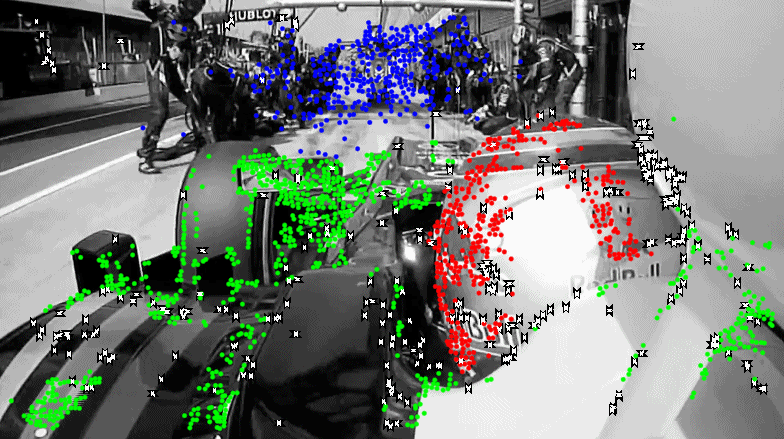
|
Fast Rigid Motion Segmentation via Incrementally-Complex Local Models Fernando Flores-Mangas, Allan D. Jepson Proc. 26th IEEE Conference on Computer Vision and Pattern Recognition, CVPR, Portland, Oregon, USA 2013. [Supplementary Material] [Poster] [Video results] [Thesis (current draft).] |
3D shape-based registration

|
Shape-Based Registration of Kidneys Across Differently Contrasted CT Scans Fernando Flores-Mangas, Allan D. Jepson, Masoom A. Haider Proc. 9th Conference on Computer and Robot Vision, CRV, Toronto, Ontario, Canada, 2012. |
Wearable medical devices
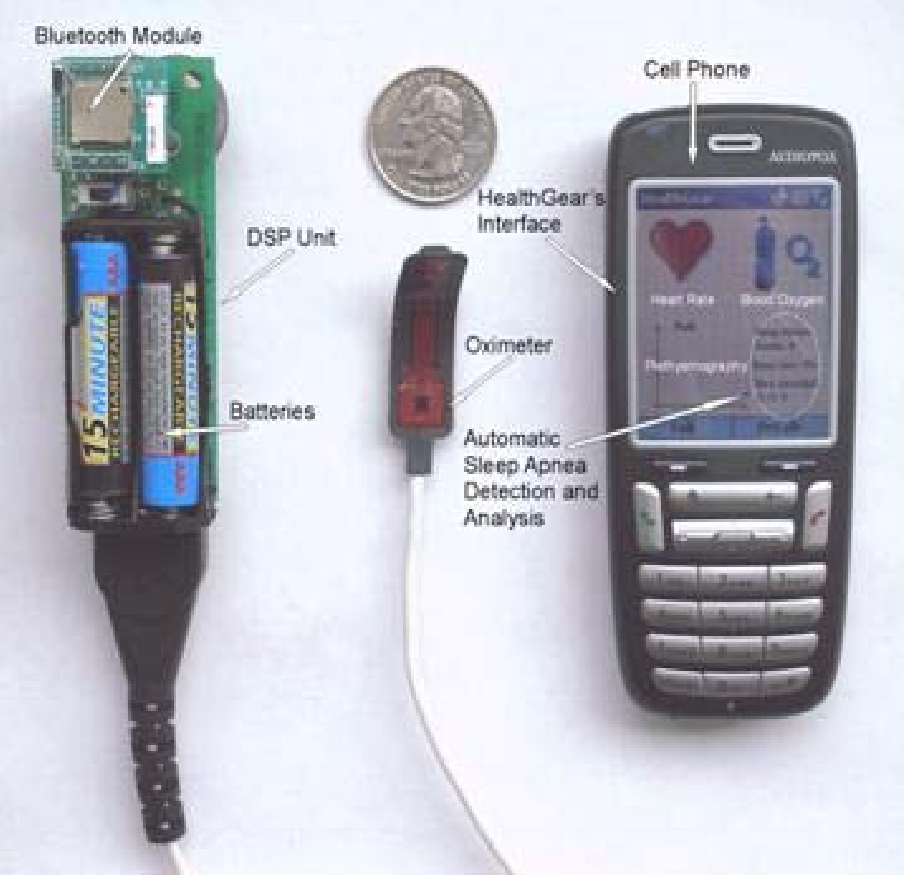
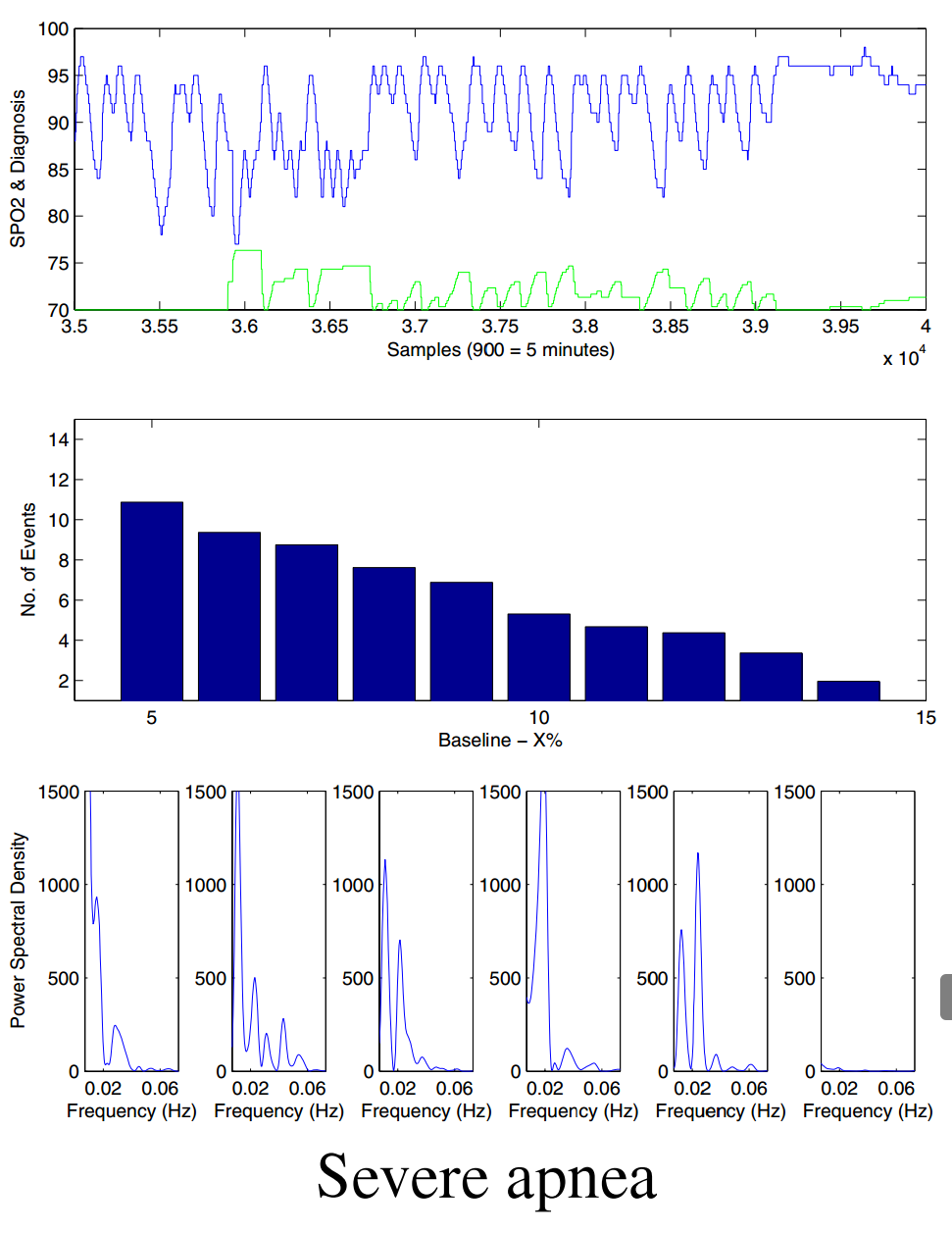
|
HealthGear: Automatic Sleep Apnea Detection and Monitoring with a Mobile Phone Nuria Oliver, Fernando Flores-Mangas Journal of Communications, 2007. HealthGear: A Real-time Wearable System for Monitoring and Analyzing Physiological Signals Nuria Oliver, Fernando Flores-Mangas Proceedings of Int. Conf. on Body Sensor Networks, BSN, MIT, Boston, USA, 2006. |
Wearable music-based personal trainer
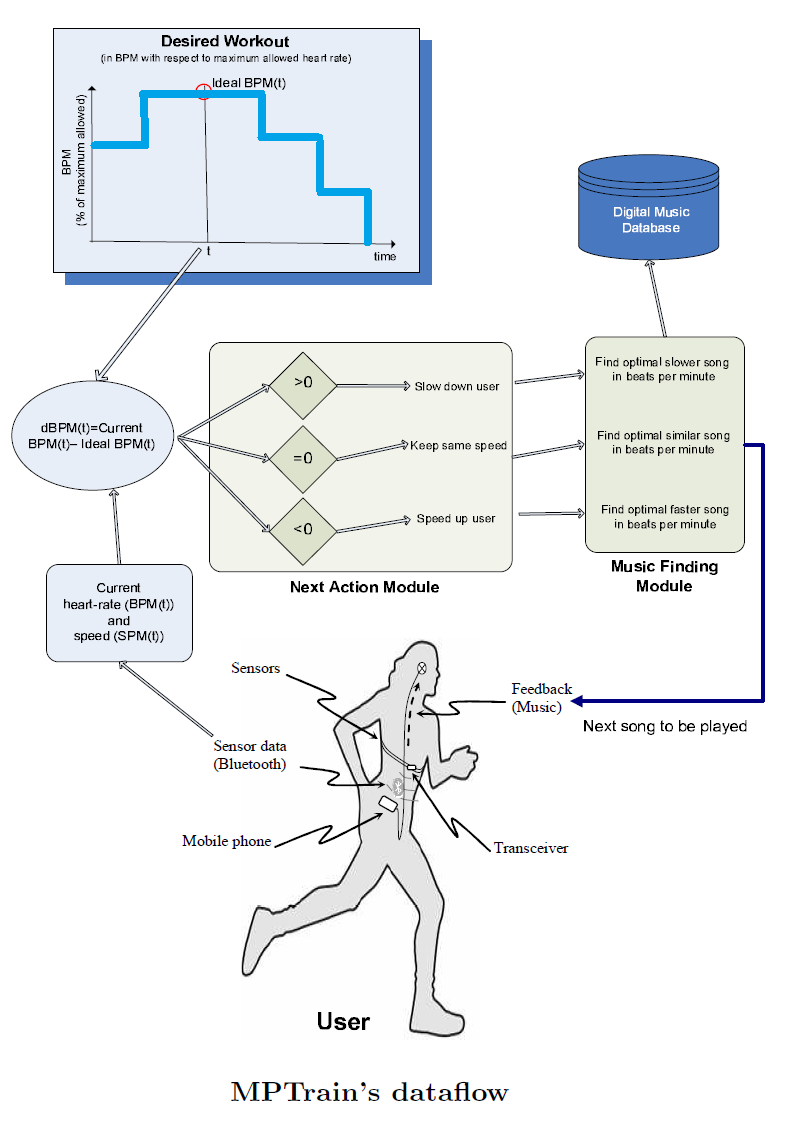
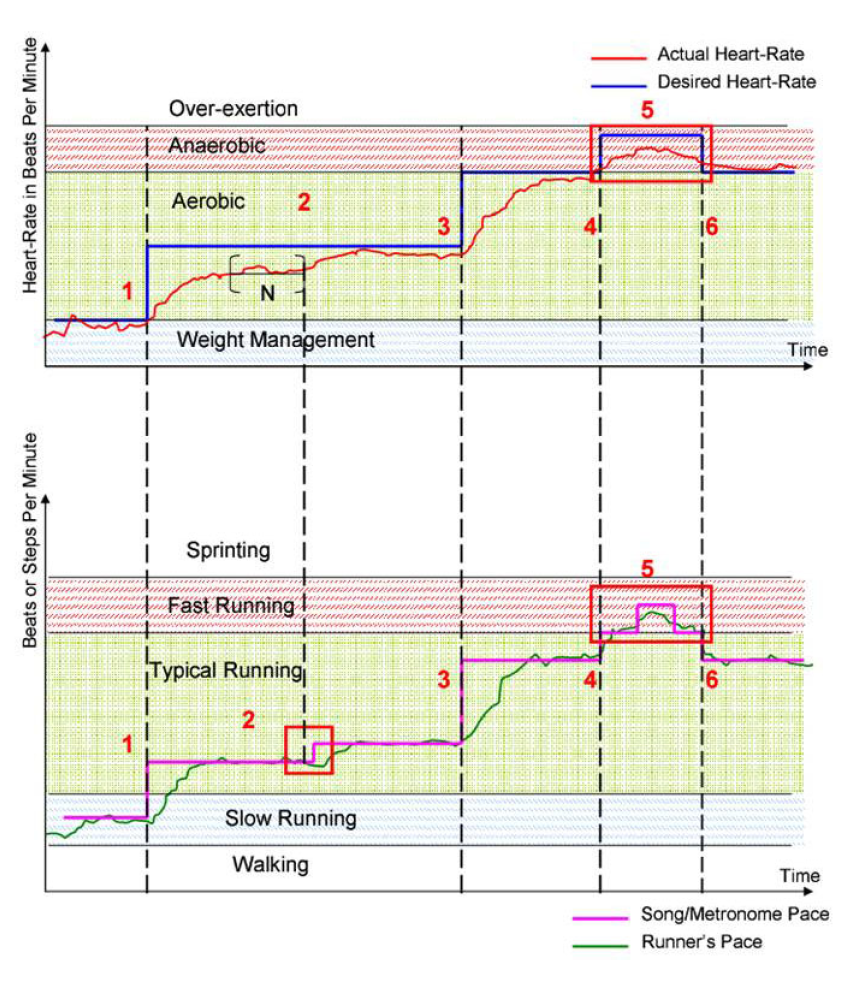
|
Towards Wearable Physiological Monitoring
on a Mobile Phone Nuria Oliver, Fernando Flores-Mangas, Rodrigo de Oliveira Mobile Health Solutions for Biomedical Applications, IGI Global Snippet, 2009. Book Chapter. MPTrain: A Mobile Music and Physiology-Based Personal Trainer Nuria Oliver, Fernando Flores-Mangas Proceedings of the 8th Conference on Human-Computer Interaction with Mobile Devices and Services, Espoo, Finland, 2006. Best paper award nominee. |
Analysis of ultrasonic images using neural networks.
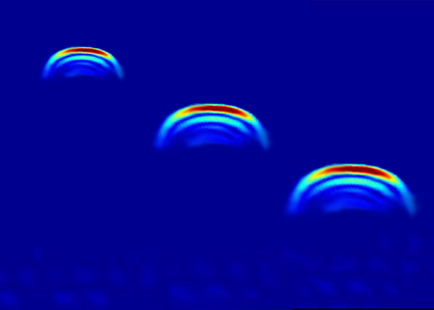
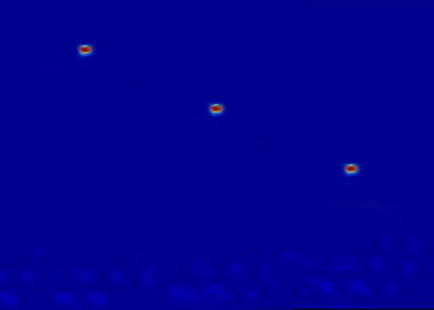
|
Non-Destructive Testing and Flaw Characterization Using Neural Networks Fernando Flores-Mangas Under supervision of Lucia Medina National Autonomous University of Mexico, 2006. Masters Thesis. |
3D Segmentation

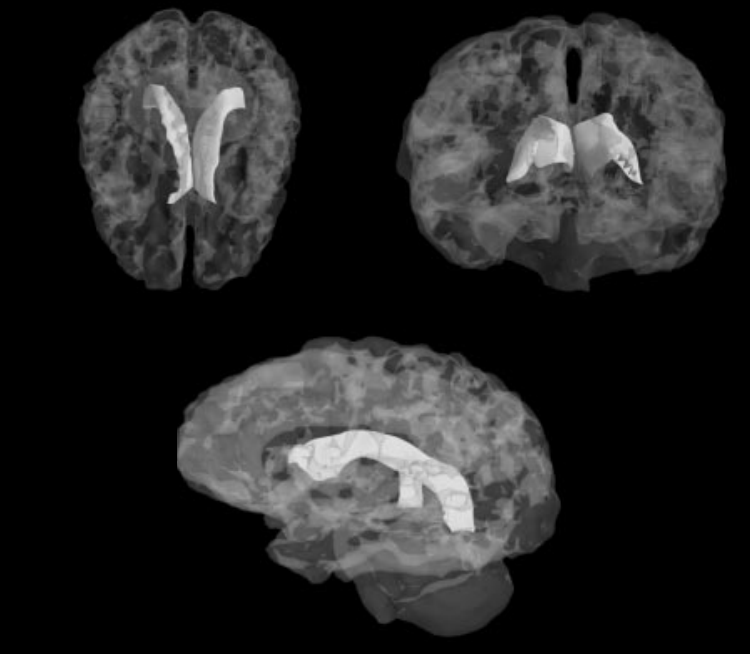
|
Classification of Anatomical Structures in Magnetic Resonance Brain Images Using Fuzzy Parameters Maria Elena Algorri, Fernando Flores-Mangas IEEE Transactions on Biomedical Engineering, 2004. Composite Index for the Quantitative Evaluation of Image Segmentation Results F. Alonso, Maria Elena Algorri, Fernando Flores-Mangas Proc. 26th Annual International Conference of the IEEE Engineering in Medicine and Biology Society, San Francisco, CA, USA, 2004. Classification of Anatomical Structures in Magnetic Resonance Images Fernando Flores-Mangas Mexico Autonomous Institute of Technology, 2002. Undergraduate Thesis Anatomical Models for Virtual Reality and Web-Based Applications Marco Antonio Villaseñor, Fernando Flores-Mangas, Maria Elena Algorri Proc. 23rd Annual International Conference of the IEEE Engineering in Medicine and Biology Society, Istanbul, Turkey, 2001. |
Math flares
Ray tracing
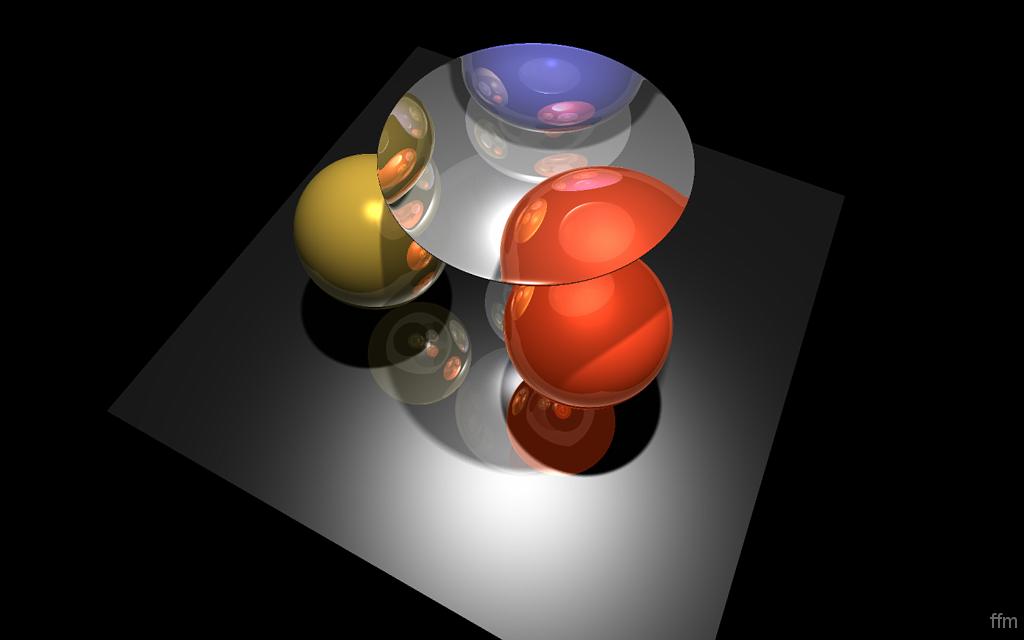
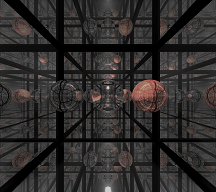
|
Ray tracing is a unique application from computer graphics where the most salient aspects of the physics of light can be coded and abused to generate hyper-realistic images. Most students in computer graphics write a ray racing program. Some of the resulting images of mine can be found here. Those images were awarded the Wooden Monkey
prize in 2008, and I still use this one (resolution: 2160 x 1920) as my desktop background.
|
Distance Transform

|
The distance transform is a map of distances to the closest 'interest region' of an image. Its usefulness is unquestionable, for instance, to evaluate the alignment between the geometric relation of different model parts. But to me, it was a huge surprise to learn that its computational complexity is linear with respect to the number of pixels in the image! This is old news now. Felzenswalb and Huttenlocker introduced the algorithm in 2004, but their paper is pretty elegant, as is the algorithm itself.
|
